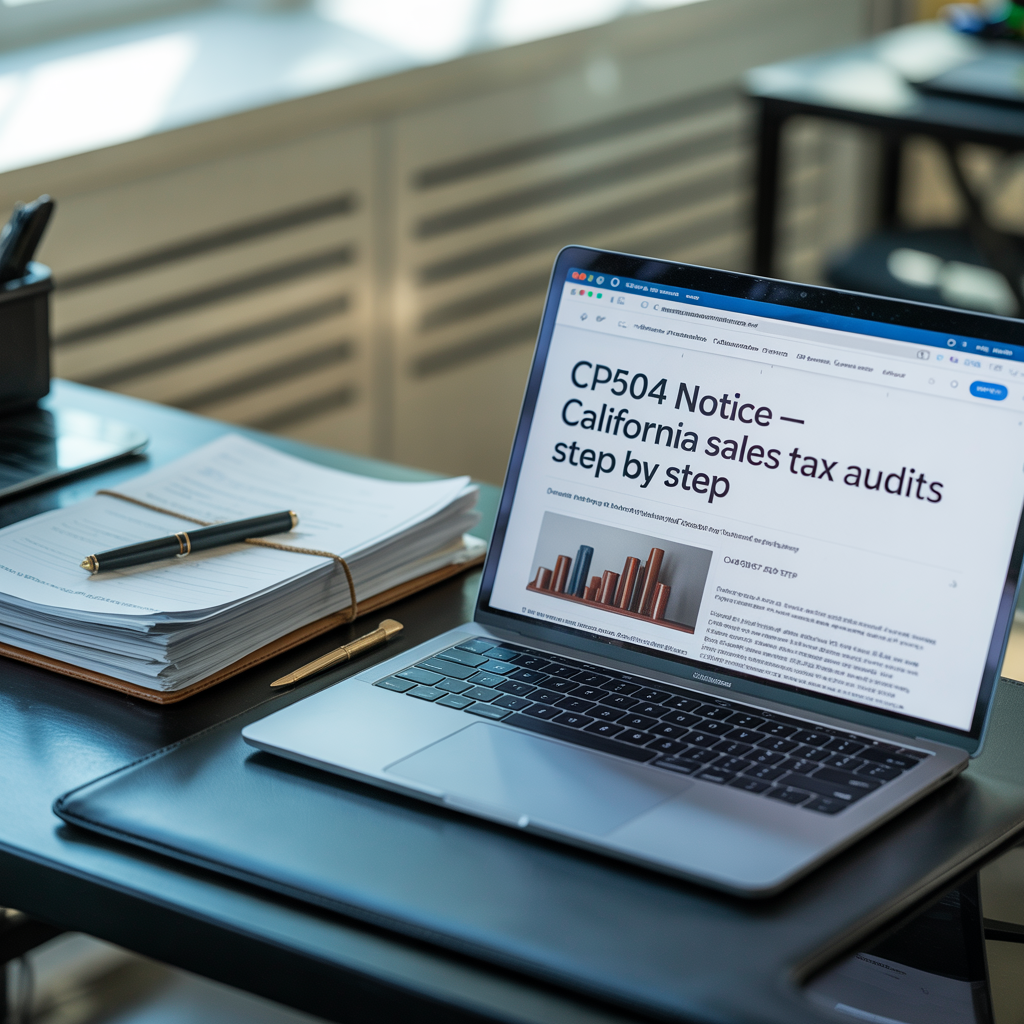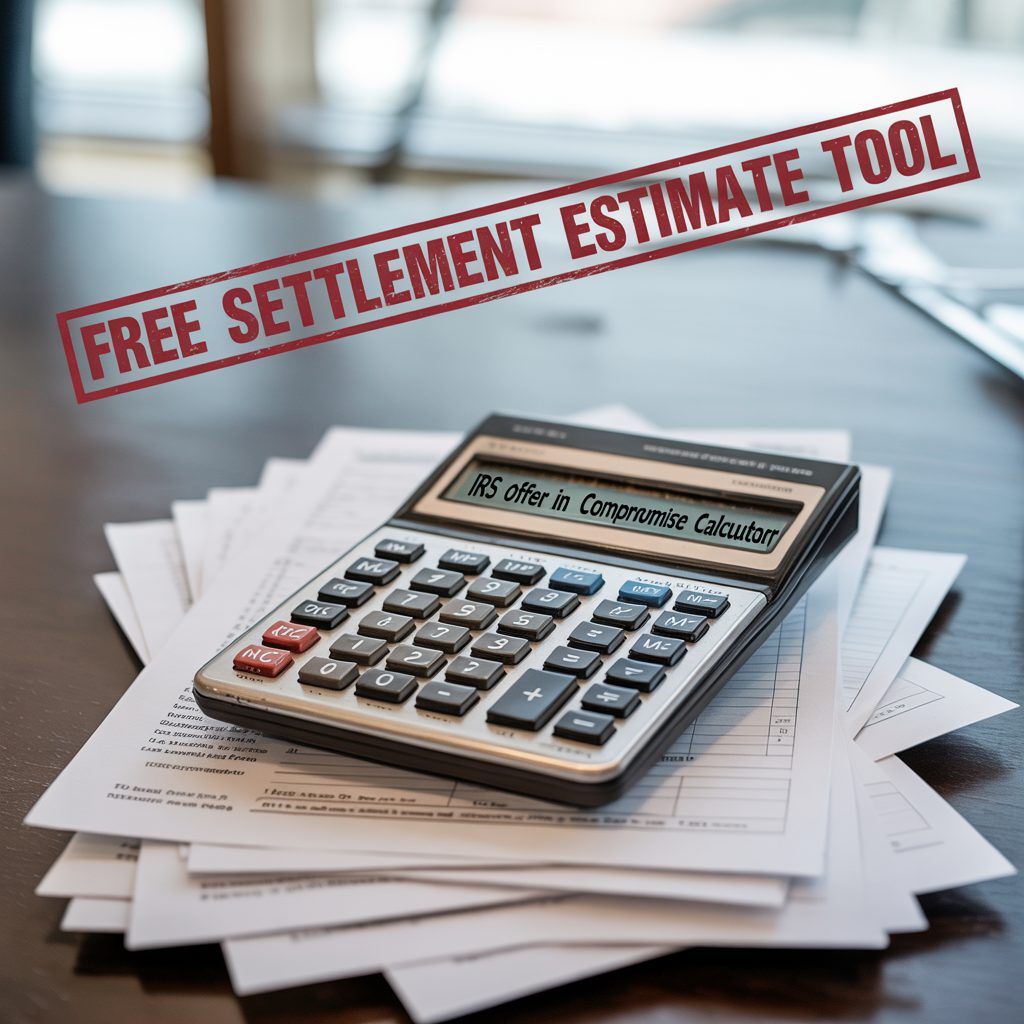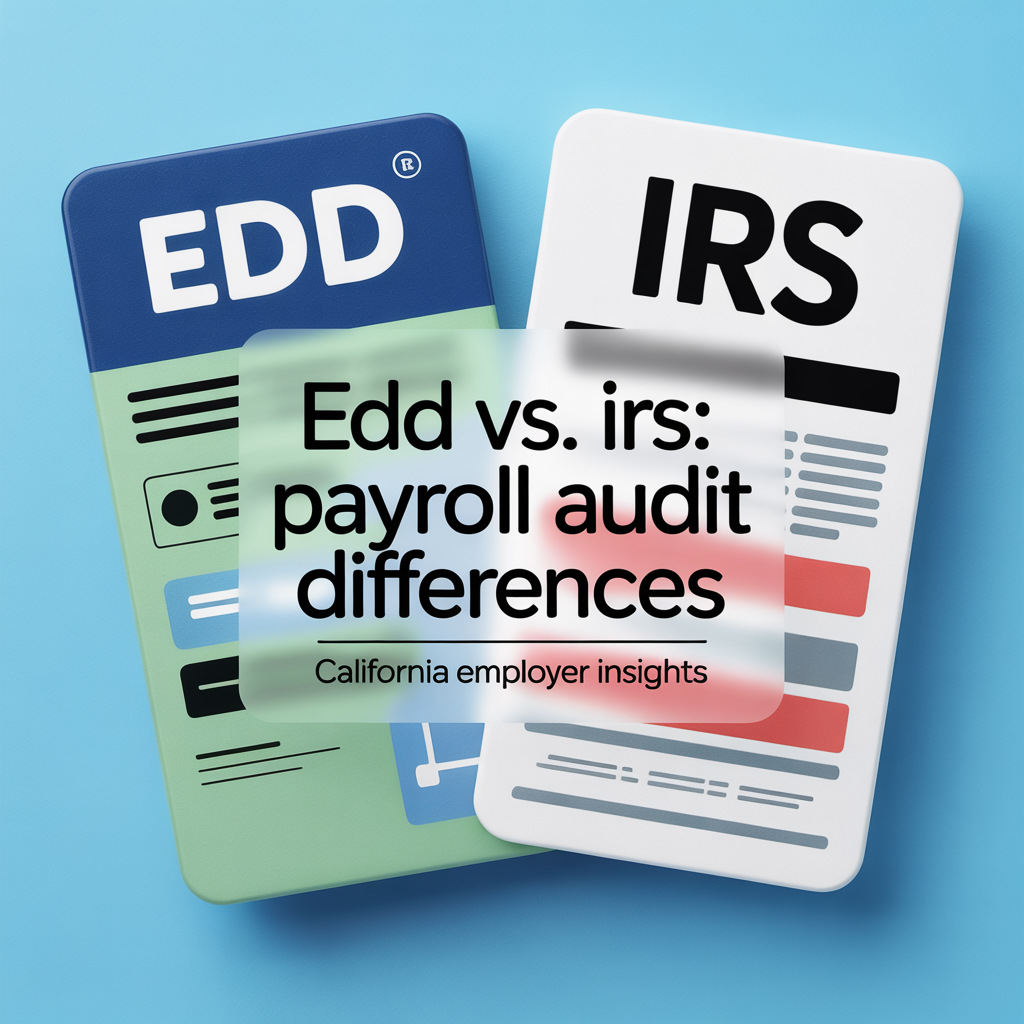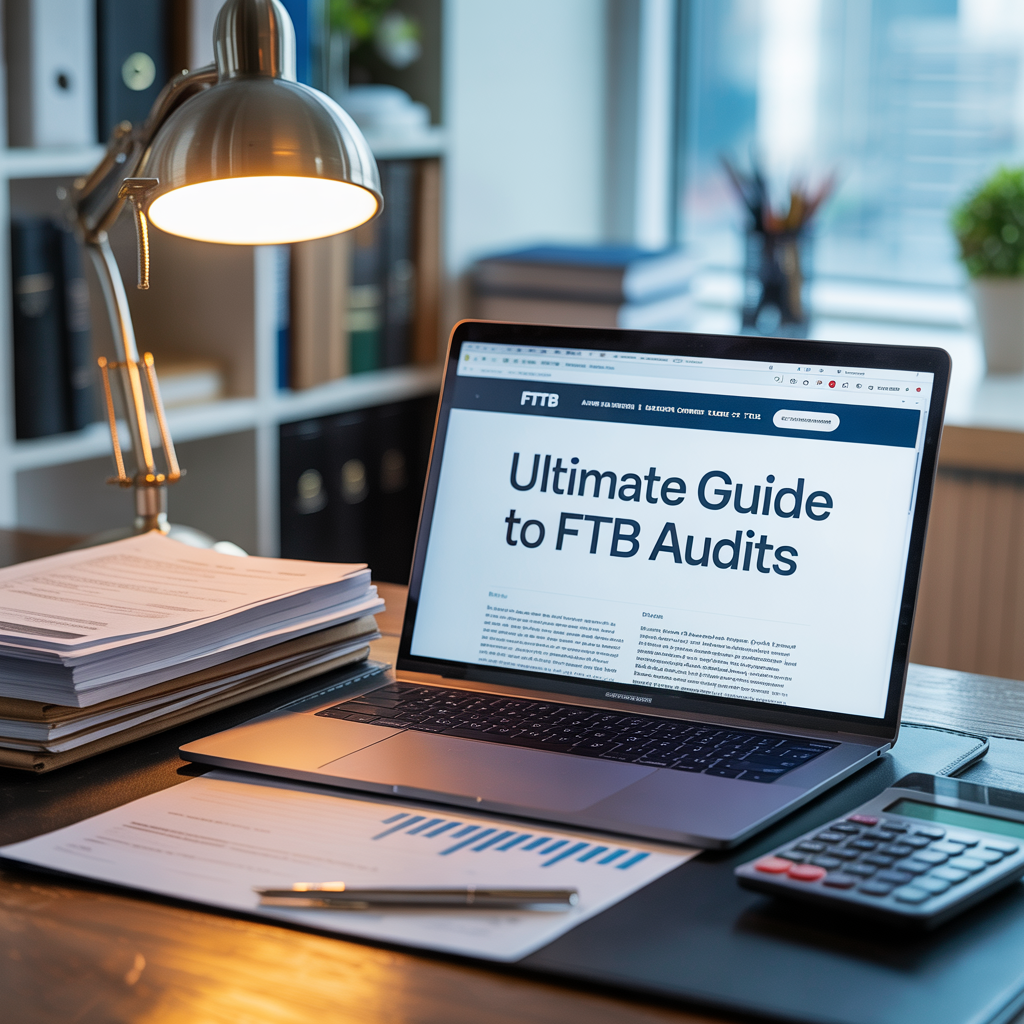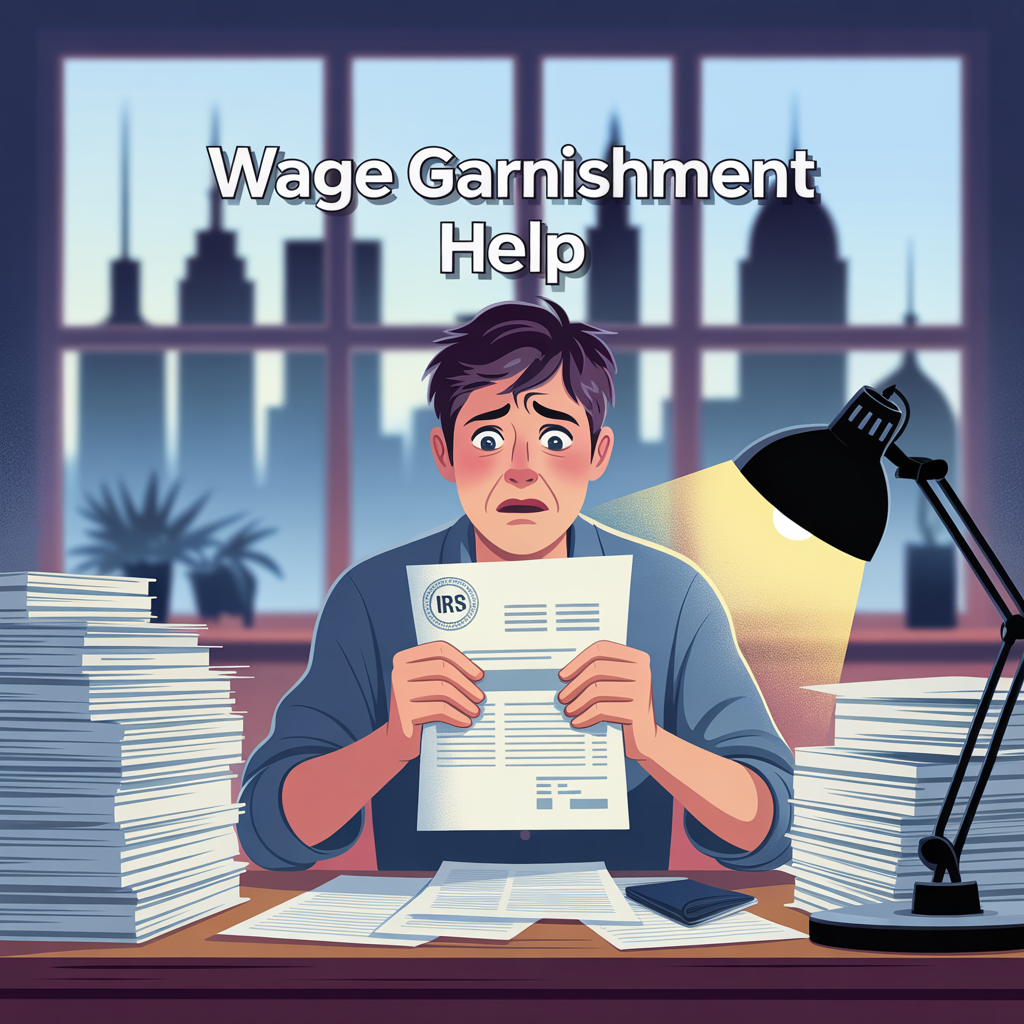IRS Levied a Customer of Mine – What Business Owners Need to Know

When the IRS Comes After Your Customer, You Get Caught in the Middle
As a business owner, you may be surprised—and confused—when you receive an IRS levy notice addressed to one of your customers, vendors, or subcontractors.
The letter typically instructs you to redirect payment for that person’s or entity’s services directly to the IRS. And if you ignore it, you could be held personally liable.
In this post, we explain what this type of levy is, why you're being contacted, and what steps you should take to protect your business and stay compliant.
Why Did the IRS Contact You?
If the IRS levied a customer, vendor, or contractor of yours, they likely believe:
- The person or business owes back taxes
- You are making payments to that taxpayer
- You may be in possession of funds or receivables owed to them
This is common in industries like:
- Construction (subcontractor payments)
- Freelance or gig work (1099 contractors)
- Real estate commissions
- Vendor relationships involving long-term contracts
What Kind of Levy Is This?
This is an accounts receivable levy. The IRS is using its power under IRC §6331 to seize any payments you owe to the delinquent taxpayer.
You likely received:
- Form 668–A(c)(DO) – Levy on wages, salary, commissions, or other income
- Or a custom levy letter instructing you to remit funds directly to the IRS
This situation often raises questions about IRS levy vs lien differences—understanding that a levy actually seizes money, while a lien is just a legal claim.
What Are You Required to Do?
You must comply with the levy—failure to do so can result in you being liable for the full amount of the taxpayer’s debt (plus penalties).
Steps:
- Do not pay the levied customer, vendor, or contractor
- Freeze pending payments to them
- Send payments to the IRS as directed in the notice
- Complete and return any required forms (usually within 10 days)
What If You Already Paid Them?
If you made payment after receiving the levy, you may be liable.
If you paid before the levy was issued or received, document that thoroughly with:
- Payment records
- Invoices and cleared checks
- Proof of delivery or service dates
This can help defend against a wrongful liability assessment.
What If You Don’t Think the Levy Is Valid?
You’re not required to challenge the validity yourself—but if you believe:
- You don’t actually owe the levied party any money
- The IRS is mistaken about your role
- The relationship ended long ago
For example, businesses sometimes ask, can you stop an IRS levy after it starts? The answer depends on the taxpayer’s situation, but legal and accounting professionals can often intervene.
OTHER TYPES OF IRS ENFORCEMENT YOU SHOULD KNOW
Levies are not the only enforcement tool. Many businesses learn the hard way about IRS wage garnishment enforcement or situations where IRS seized my bank account due to unpaid taxes.
In California specifically, we often hear from clients dealing with IRS bank account levy in California—a frightening experience that can freeze funds without warning.
If you or your business ever receive an IRS notice of intent to levy, knowing how to respond quickly is critical. Proper documentation and timely communication can make all the difference when responding to an IRS notice of intent to levy.
Can This Happen Again?
Yes. Once the IRS identifies your business as a payment source, you may receive multiple levy notices in the future if the taxpayer’s debt remains unresolved.
Your only defense is clear documentation, timely response, and ongoing communication with the IRS.
We Help Orange County Businesses Handle IRS Levy Notices Properly
At Boulanger CPA and Consulting PC, we:
- Respond to IRS third-party levy notices on your behalf
- Communicate with IRS revenue officers and collection teams
- Protect your business from improper liability
- Resolve confusion over customer/vendor relationships
If you want to stay protected and proactive, learn more in Defend What’s Yours—our resource for understanding IRS collection tactics.
Call (657) 218-5700 or request IRS levy defense at www.orangecounty.cpa
Frequently Asked Questions
What does it mean if the IRS levied my customer?
This means the IRS is trying to collect your customer’s unpaid tax debt by redirecting payments you would normally make to them. You are legally required to comply with the levy notice.
Am I obligated to send my customer’s payment to the IRS?
Yes. If you received an IRS levy notice, you must forward payments owed to your customer directly to the IRS. Failure to comply can make you personally liable for the amount.
Can I be penalized for ignoring the levy notice?
Yes. Ignoring or refusing to comply with an IRS levy notice can result in your business being held liable for the amount you should have sent to the IRS.
How does this affect my relationship with the customer?
It may create tension since you’re obligated to send their payments to the IRS. Clear communication and professional handling are key to maintaining the relationship.
Can the levy affect multiple payments?
Yes. If the IRS issues a continuing levy on accounts receivable, you may be required to send multiple future payments until the tax debt is satisfied or the levy is released.
Can my customer get the levy released?
Yes. Your customer can negotiate with the IRS for an installment agreement, Offer in Compromise, or hardship relief, which may stop future levies against you.
Does California enforce similar levies?
Yes. The California Franchise Tax Board (FTB) and Employment Development Department (EDD) can issue similar levies on businesses that owe payments to delinquent taxpayers.
Should I seek professional help if my business receives a levy notice?
Yes. Professional guidance ensures your business complies with IRS rules, avoids liability, and protects your relationship with the customer while the issue is resolved.
📣 About the Author
Marc Boulanger, CPA is the founder of Boulanger CPA and Consulting PC, a boutique tax resolution firm based in Orange County, California and trusted by high-income individuals and business owners across Southern California.
He is the author of Defend What’s Yours: A California Taxpayer’s Guide to Beating the IRS and FTB at Their Own Game, available now on Amazon. The book offers a step-by-step plan for resolving IRS and FTB tax debt without losing your business, your home, or your peace of mind.
With over a decade of experience resolving high-stakes IRS and State tax matters, Marc brings strategic insight to complex cases involving wage garnishments, bank levies, unfiled returns, and six-figure tax debts. He is known for helping clients reduce or eliminate tax liabilities through expertly negotiated settlements and compliance plans.
Marc is a Certified Public Accountant licensed in California and Oklahoma and holds the designation of Certified Tax Representation Consultant. He is a member of the American Society of Tax Problem Solvers (ASTPS) — the national organization founded by the educators and practitioners who have trained thousands of CPAs, EAs, and tax attorneys in IRS representation strategy.
Every case is handled with discretion, proven methodology, and direct CPA-led representation — not call center scripts.
📍 Learn more at www.orangecounty.cpa or call (657) 218-5700.


